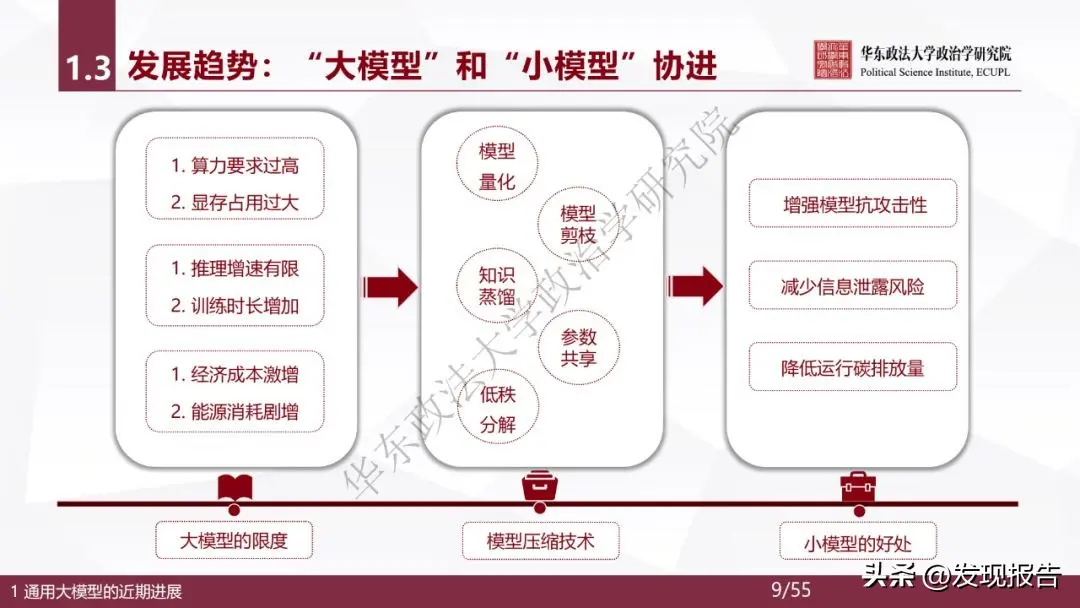ChatGPT是一款基于人工智能技术的智能聊天机器人,能够与用户进行语音或文字交流,根据用户提问快速回答问题,还可以提供各种实用的服务。该机器人由GPT-3技术驱动,能够提供丰富、智能的交互体验。本文将对ChatGPT机器人进行深度解读,为您展示其强大的功能和应用场景。
chatgpt专家深度解读
ChatGPT是一款基于人工智能技术的智能聊天机器人,能够与用户进行语音或文字交流,根据用户提问快速回答问题,还可以提供各种实用的服务。该机器人由GPT-3技术驱动,能够提供丰富、智能的交互体验。本文将对ChatGPT机器人进行深度解读,为您展示其强大的功能和应用场景。
首先呢,ChatGPT机器人可以广泛应用于各大行业。它可以为金融、医疗、教育、电商等企业提供全天候的在线客服服务,让用户随时随地得到解答。在金融领域,ChatGPT机器人可以帮助用户查询股票、基金、汇率等信息,并根据用户的个人情况提供个性化投资建议;在医疗领域,ChatGPT机器人可以与用户进行在线问诊,并提供自我诊断工具和药品查询服务;在教育领域,ChatGPT机器人可以帮助学生解决学习问题,提供课程推荐和考试辅导等服务;在电商领域,ChatGPT机器人可以帮助用户查询商品信息、下订单、查询物流等。
还有,ChatGPT机器人具有智能化的个性化服务。它可以根据用户的历史记录来分析用户的兴趣爱好,提供相关商品推荐和资讯推送。而且,ChatGPT机器人可以根据用户的语言习惯和个性化特征来进行语音和文本交互,让用户感受到人性化的服务体验。最后,ChatGPT机器人还可以与其他智能设备进行联动,如家庭智能音响、智能电视等,让用户实现更加便捷的智能生活。
最后,ChatGPT机器人还具有开放的API接口,可以与其他系统进行集成。企业可以将ChatGPT机器人嵌入到自己的网站或APP中,为用户提供在线客服服务,提高用户满意度。首先呢,ChatGPT机器人还可以与第三方开发者进行合作,提供更多的应用场景和功能。
总的说来,ChatGPT机器人作为一款基于人工智能技术的智能聊天机器人,具有广泛的应用场景和智能化的个性化服务。未来,ChatGPT机器人将不断更新和优化,为更多的用户提供更加智能、便捷的服务体验。
关于chatgpt的深度解读
ChatGPT是一款基于人工智能技术的聊天机器人,它通过自然语言处理技术分析用户的提问并给予回答。ChatGPT采用了深度学习技术,能够通过大量的数据学习和理解自然语言,为用户提供更加准确的回答,极大地提高了用户体验。
ChatGPT的核心技术是基于GPT(Generative Pre-training Transformer)模型,这是由OpenAI研发的一种基于深度学习的自然语言处理模型。GPT模型能够通过预训练学习大量的语料库,理解自然语言的语义和语法结构。在这个基础上,ChatGPT在对话的过程中可以根据上下文、意图和情境,对用户的提问做出更加准确、自然的回答。
与传统的聊天机器人相比,ChatGPT不仅能够回答用户的问题,还能够理解用户的情感和语调,并据此回应用户。它还可以通过上下文连接多个问题,建立连贯的对话。例如,当用户在聊天中提到“我在找工作”,ChatGPT可以继续提问用户的求职意向、工作经验等问题,提供更加个性化的建议。
ChatGPT的应用场景非常广泛,可以用于智能客服、智能问答、智能导购等领域,为用户提供更加智能、高效的服务。目前,ChatGPT已经应用于多个领域,如金融、医疗、教育等,为用户提供全方位的服务。
还有一点,ChatGPT还存在一些不足之处。例如,当用户提问超出了已有的语料库,ChatGPT可能无法准确、完整地回答用户的问题。另外,ChatGPT的应用需要大量的语料库和预训练数据,这也给机器人的开发和运营带来了一定的成本和挑战。
总结来说,ChatGPT是一款基于深度学习技术的聊天机器人,能够在多个领域中为用户提供智能、高效的服务。在未来,随着人工智能技术的不断发展和应用,ChatGPT也有望进一步完善和发展,为用户带来更加先进和智能的服务。
chatgpt模型解析
chatbot模型是一种基于人工智能和自然语言处理技术的对话系统模型,可以模拟人类的对话能力。在该模型中,输入是文本信息,例如用户的问题或话题,模型将分析文本并生成合适的回答。chatbot模型的特点是可以进行自然语言交互,从而提供了一种以人机互动方式进行信息查询和交流的方式。
chatbot模型通常由两个主要组成部分构成:
1.自然语言处理(NLP)引擎:用于将用户输入的自然语言文本进行处理和分析,从而提取有用的信息和意图。这一步包括语言识别、意图识别、实体识别、情感分析等过程。
2.机器学习算法:根据历史训练数据,建立一个模型,以对新的文本进行分类和生成回答。这些算法通常使用神经网络、逻辑回归、决策树等机器学习技术。
chatbot模型在实际应用中有多种形式,例如可以作为聊天窗口成为网站的一部分,也可以应用于智能客服机器人、智能家居控制等领域。
chatgpt源码解析
GPT (Generative Pretrained Transformer) is a type of deep learning model used in natural language processing (NLP). It is widely used in various NLP tasks such as machine translation, text summarization, and text completion. GPT was introduced by OpenAI in 2018 and has since been improved with each new version. In this article, we will yze the source code of GPT and discuss its architecture and implementation.
Architecture
GPT is based on the transformer architecture, which was introduced in the paper "Attention is All You Need" by Vaswani et al. (2017). The transformer architecture consists of an encoder and a decoder. The encoder takes in a sequence of tokens and produces a set of hidden representations, which are then used by the decoder to generate a new sequence of tokens. The transformer architecture is highly parallelizable, which makes it well-suited for training on large datasets.
GPT uses a variant of the transformer architecture called the decoder-only transformer, which does not have an encoder. Instead, the input is fed directly into the decoder, and the decoder generates the output sequence token by token. The decoder-only transformer is well-suited for tasks that involve generating sequences
Implementation
The implementation of GPT is based on the PyTorch framework, a popular deep learning library. The source code is available on GitHub and can be accessed by anyone. The implementation of GPT is divided into several modules, each of which is responsible for a specific part of the model.
The first module is the tokenizer, which is used to convert the input text into a sequence of tokens that can be fed into the model. The tokenizer uses a pre-trained vocabulary that maps each word to a unique token. The tokenizer also handles subword tokenization, which allows the model to handle out-of-vocabulary words.
The second module is the model module, which contains the implementation of the GPT model. The model consists of a stack of transformer layers, each of which has a set of self-attention mechanisms that enable the model to attend to different parts of the input sequence. The output of each transformer layer is passed through a feedforward neural network, which performs non-linear transformations on the hidden representations.
The third module is the optimizer, which is responsible for updating the parameters of the model during training. The optimizer uses stochastic gradient descent (SGD) with momentum, which is a popular optimization algorithm for training deep neural networks.
Conclusion
In this article, we discussed the architecture and implementation of GPT, a deep learning model used in NLP tasks. GPT is based on the transformer architecture and uses a variant called the decoder-only transformer. The implementation of GPT is based on the PyTorch framework and is divided into several modules. GPT has been widely used in various NLP tasks and has achieved state-of-the-art performance in many of them.
标签: 解读








评论列表 (0)